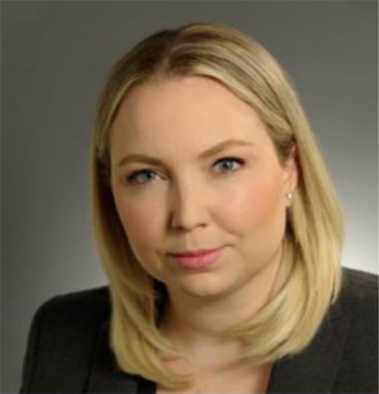March 16, 2020
Frances Donald, Chief Economist

The Fed sent a jolt through the financial markets on Sunday, 15 March, by cutting interest rates by a full percentage point three days before its scheduled rate-setting meeting. While an imminent rate cut had been expected, the timing of the announcement was a surprise. The decision brings the US interest rate back to the level it was during much of the 2008 global financial crisis (0%–0.25%). Our Global Chief Economist and Global Head of Macroeconomic Strategy Frances Donald takes a closer look.
It’s important to note that the package Fed Chair Jerome Powell announced on 15 March isn’t just about the interest-rate cut, it also includes:
Has the Fed gone too far? Why is it cutting rates and adding liquidity to this extent?
In our view, there’s absolutely a growth component here. It’s becoming increasingly clear that we’re staring down the barrel of an extremely pronounced growth shock—one that may be short in duration, but painful in terms of depth. There are many market commentators who say that rate cuts at this point won’t help growth. I respectfully disagree: They absolutely do, just not to the same degree they have in the past. Mortgage applications during the week ended 6 March rose 55% from the previous week, led by refinancing. This is evidence of lower rates at work. At the margin, it should also help the consumer by lowering some bills, which could translate into slightly higher disposable income.
The more important point here, however, is that what we’re dealing with could be bigger than a coronavirus-created recession—policymakers are acting to steer us away from a potential credit crunch. In our mind, the Fed is clearly trying to prevent a repeat of 2008 and keep us in a 2001 type of recession from which we can bounce back much more quickly. The US Treasury market has seen sizable funding issues in the past week and has been displaying signs of stress. As Chair Powell noted during the Fed’s press conference, the Treasury market is typically the most liquid, and any sign of stress is therefore concerning and could translate into broader market dysfunction. He also noted that he felt it was important that the Fed “support market functioning.”2
What’s next? Is the Fed “out of bullets”?
Of course not. The Fed may be out of rate cuts, but it’s not out of tools. We’re expecting more action from the Fed in the weeks ahead.
Ultimately, we believe that the Fed’s package won’t be able to prevent a recession if that’s where the US economy is headed—and it probably is. However, this package will likely support credit channels and enable the healthy functioning of the US Treasury market, thereby preventing severe financial contagion from taking place. That said, overall visibility remains limited. Hopefully, the fog will clear soon.
Global Healthcare Equities Q&A
This Q&A provides an updated overview of sector performance, examines the impact of recent US healthcare policy developments, and outlines key investment strategies and themes. It also highlights the growing role of artificial intelligence (AI) in healthcare innovation and shares practical tips to help investors navigate market volatility.
Q&A: Potential market impact of a US government shutdown
The US Senate failed to pass a last-minute funding deal, triggering the first federal government shutdown in nearly seven years starting from 1 October. Our Multi-Asset Solutions Team shares insights on how markets have responded during past shutdowns, and how investors can position themselves amid the uncertainty.
Fed’s first rate cut of 2025: Implications & takeaways
After nine months on pause, the US Federal Reserve (Fed) announced another rate cut of 25 basis points (bps) on 17 September (US time), bringing the federal funds rate into a target range of 4%-4.25%. Alex Grassino, Global Chief Economist, and Yuting Shao, Senior Global Macro Strategist, share their latest views on the rate decision and its implications for Asia.